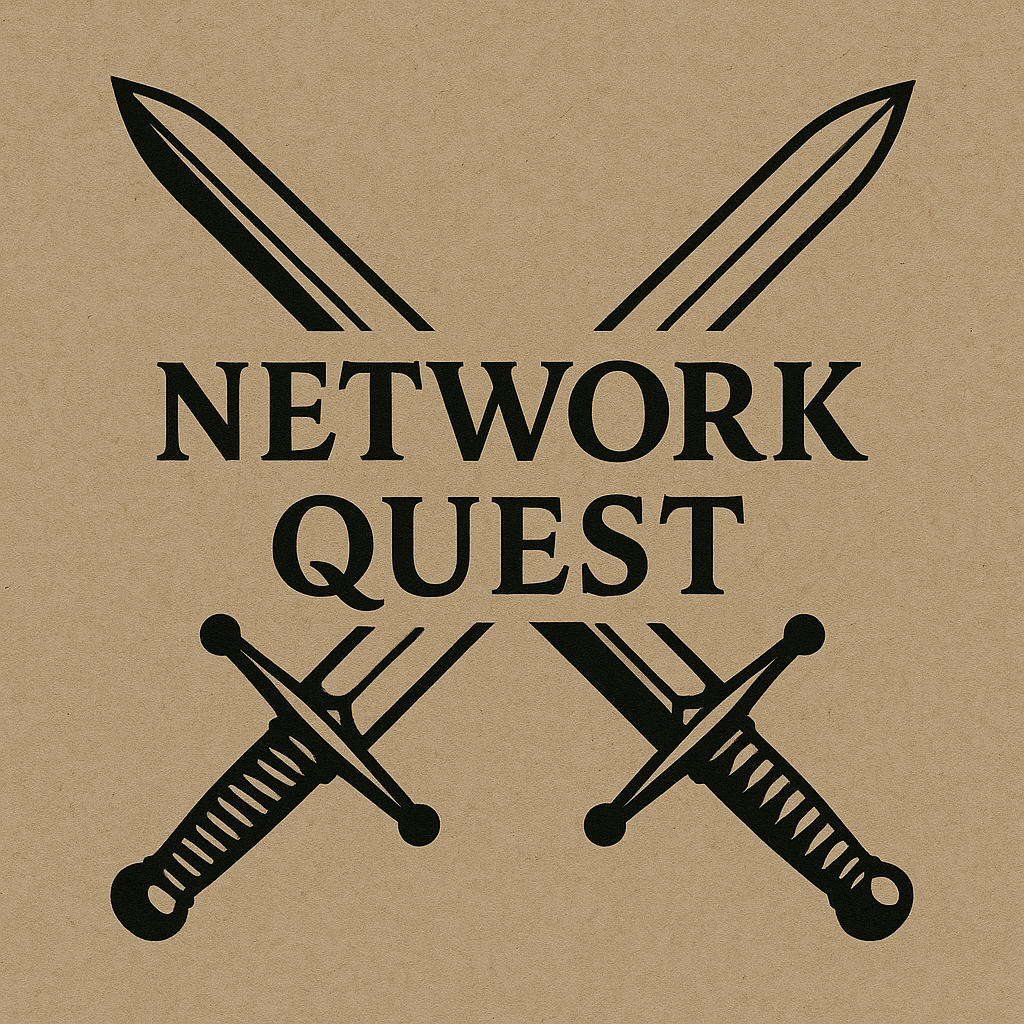What is Multicast?
Multicast is a way we can send traffic. Just like unicast (one to one), broadcast (one source to everyone), and then we have multicast. Multicast is one to many, not everyone. This means we are able to send traffic to a group of receivers. Why would we ever want to do this? It helps reduce bandwidth usage by sending one single stream to multiple users instead of sending duplicated data to each one. It is much easier on the device to have one single stream of data going to multiple users at 10 Mbps compared to, say, if you had 6 users all requesting the stream and we were only using unicast—meaning 60 Mbps of bandwidth would be getting used up. Multicast solves this problem.
One thing I thought was really interesting about this was even though it's so much more efficient than unicast, companies like YouTube and Netflix just stick to using unicast to deliver to their customers. Perks of having a lot of money.
To use multicast, there are a lot of things that are needed. Multicast uses the class D range for its traffic from 224.0.0.0 to 239.255.255.255 (this is only for destination addresses). We also need an application that would support multicast, like VLC Media Player.
So when a router receives multicast traffic, how does it know if anyone is interested in it? This is where IGMP comes into play. IGMP, Internet Group Management Protocol, is a mechanism on our hosts, like computers, which tell the router, "Hey, I want to receive multicast traffic and watch that highlight reel of Jayson Tatum being streamed through VLC Media Player on another device." In a future blog, I will make sure to explain the 3 types of IGMP: IGMPv1, v2, and v3.
One last topic I wanted to talk about before wrapping it up is IGMP snooping. How does a switch figure out where to forward multicast traffic? We can use IGMP snooping to solve this. Just like how it sounds, IGMP snooping is where we listen in on IGMP messages between the hosts and the router to figure out where it is supposed to go. There is also something similar to this which is Cisco proprietary and it is called CGMP, Cisco Group Management Protocol. This isn't used very much.
I know I have covered a wide array of topics, and in due time I will cover IGMPv1, IGMPv2, and IGMPv3. There are also other topics I want to talk about like dense mode, sparse mode, PIM, BSR, Auto-RP, etc.
I am currently going through a lot of review for my 2 exams next month, so I have been jumping around, it is just how I study. Next month on the 17th, I take my Palo NGFW Engineer exam. Then the week after that I have my CCNP ENSLD exam. I am not sure how I will do in the Palo exam as it is kind of rushed by me, but I am confident in the ENSLD exam.
